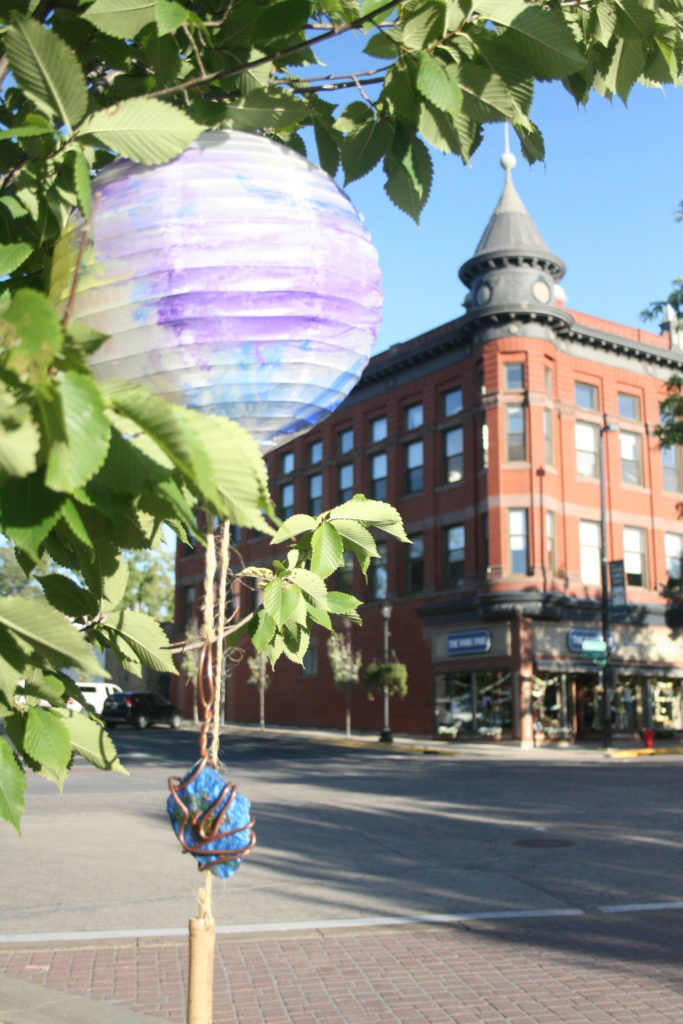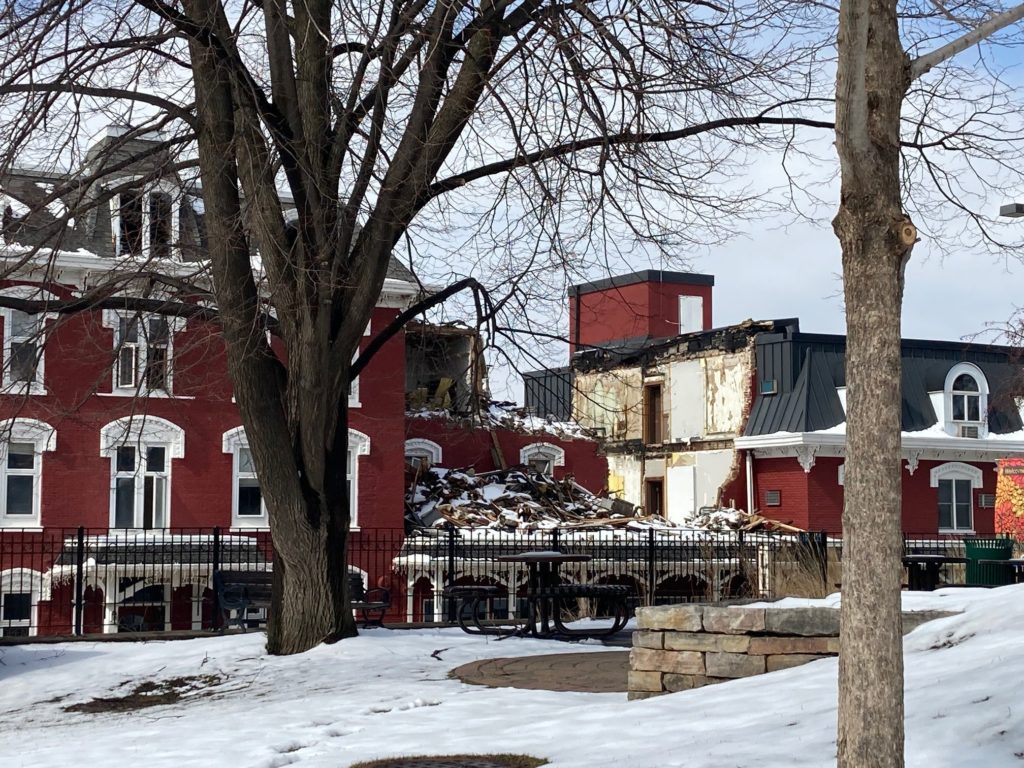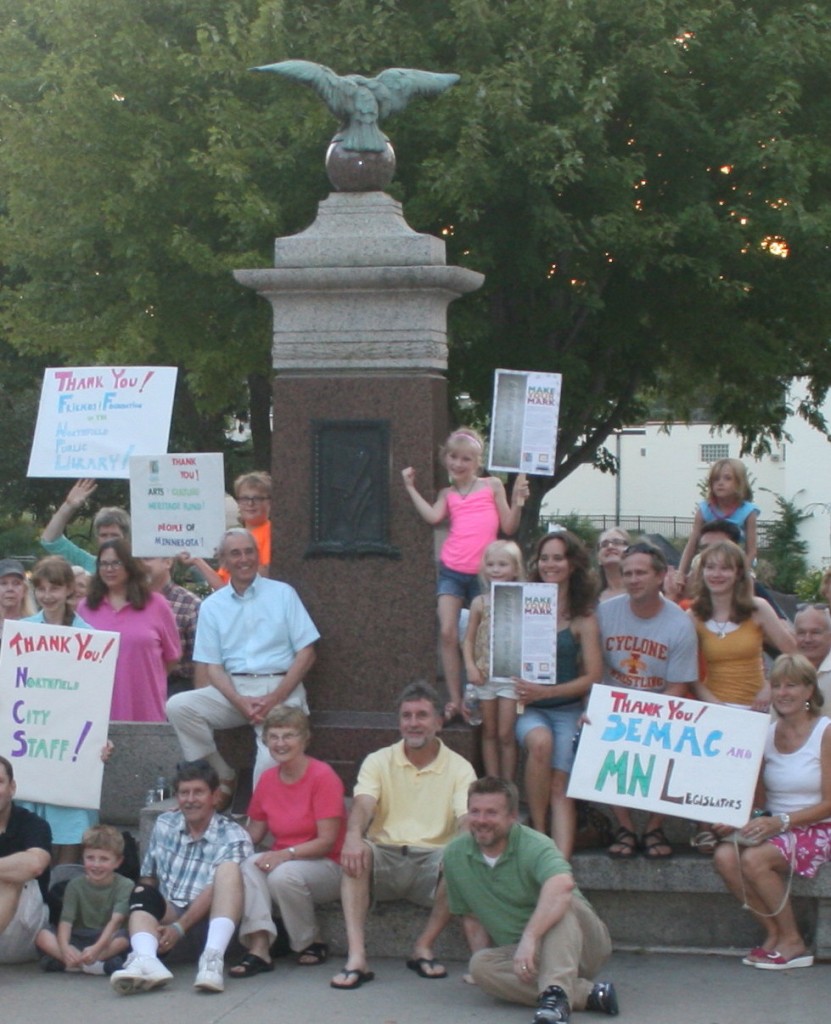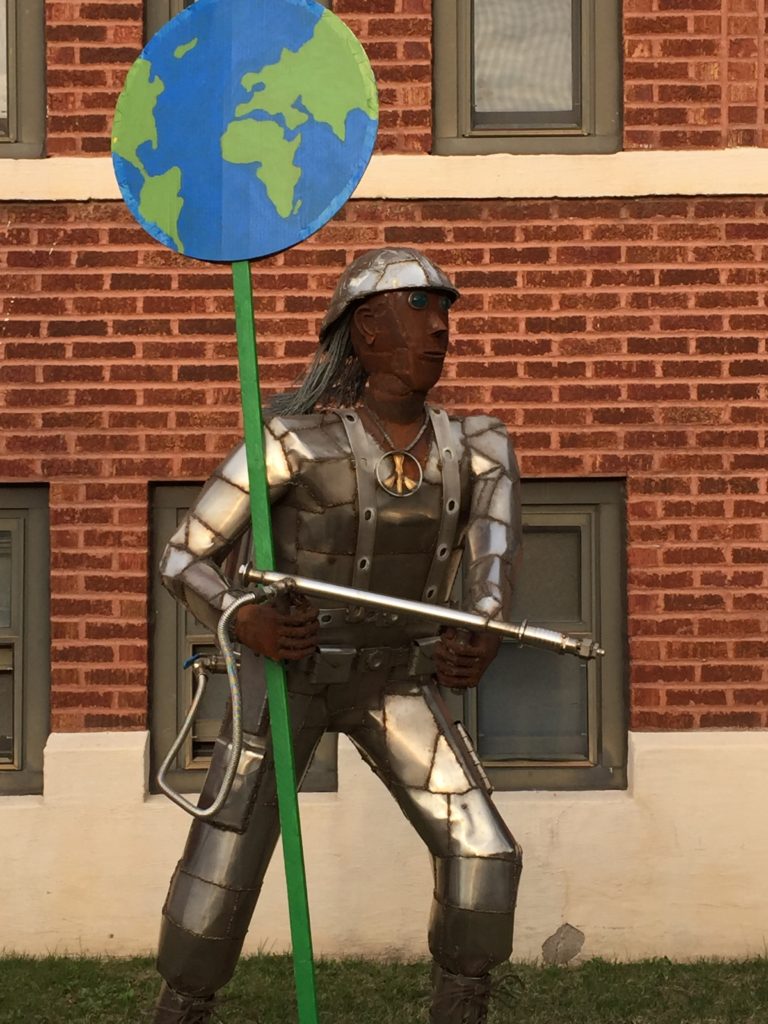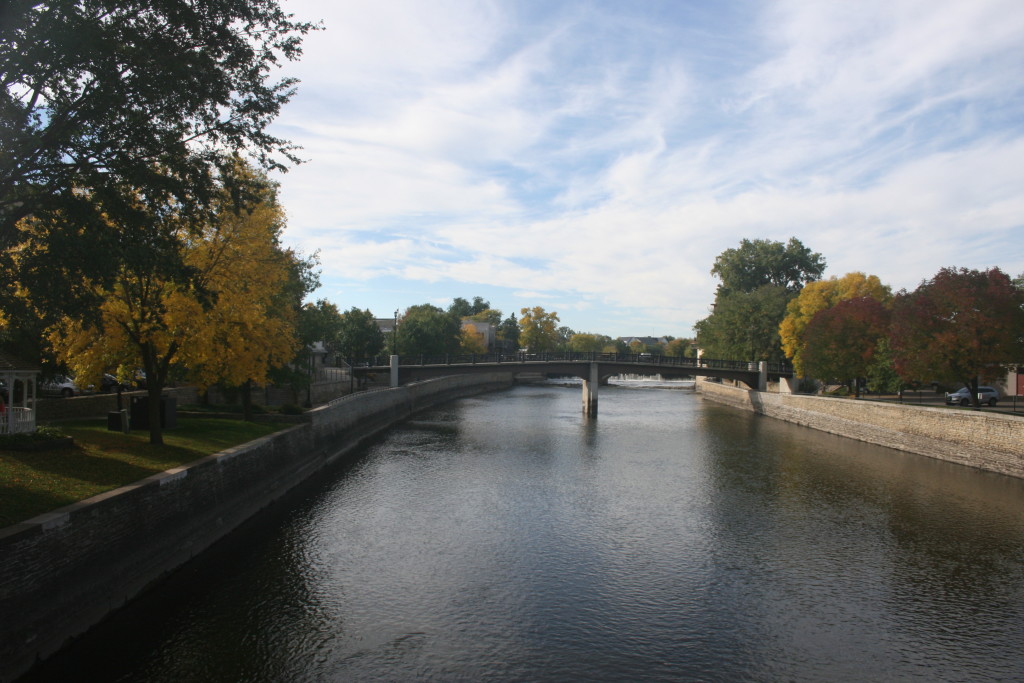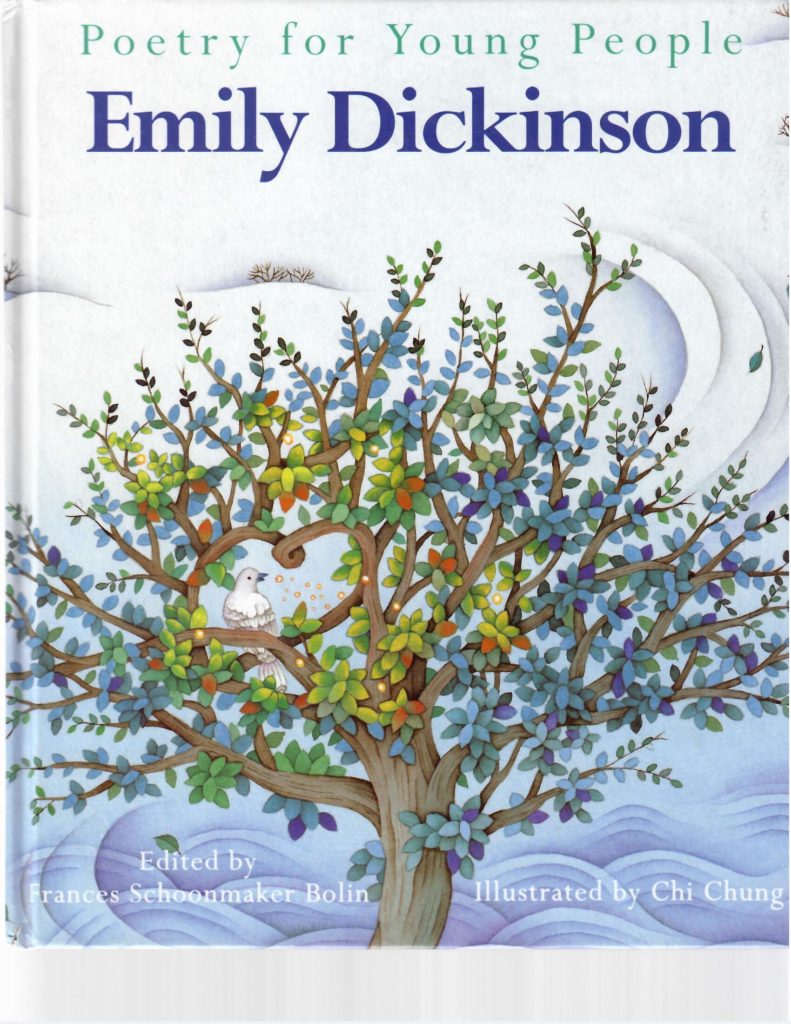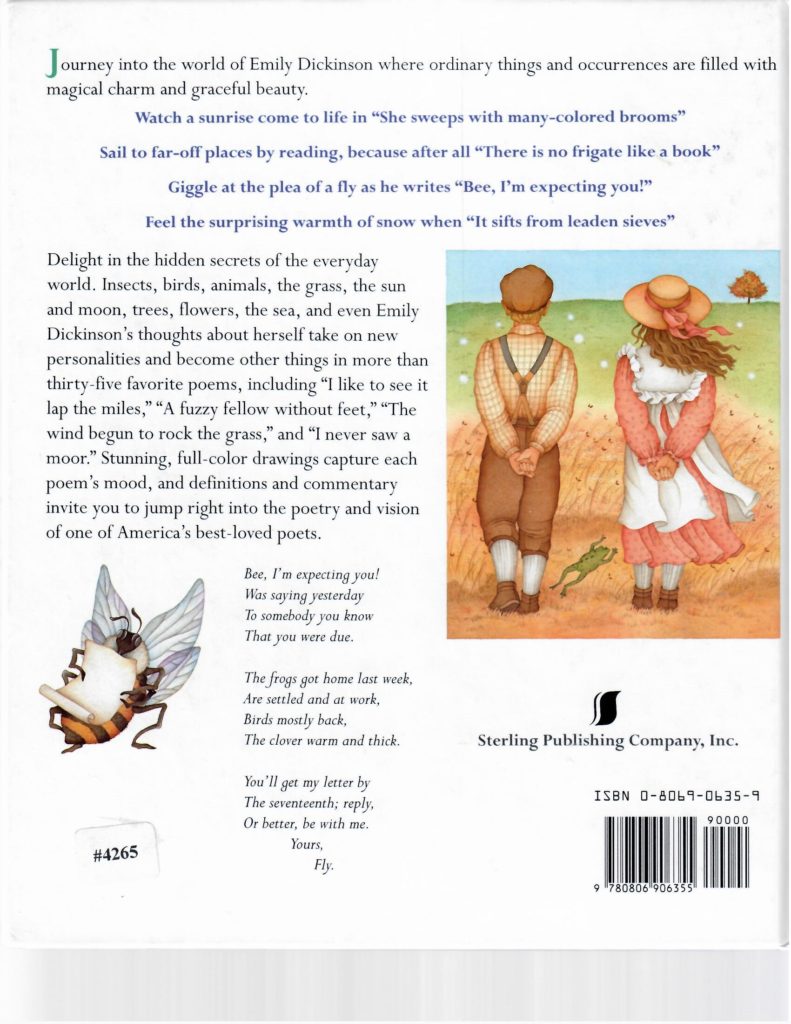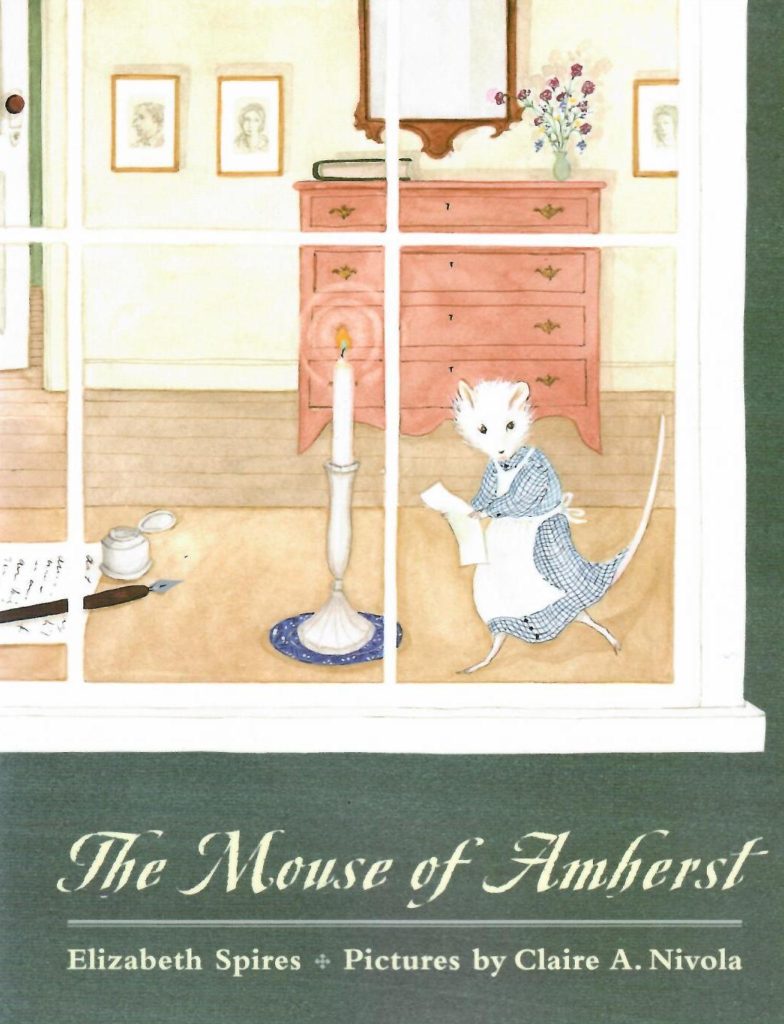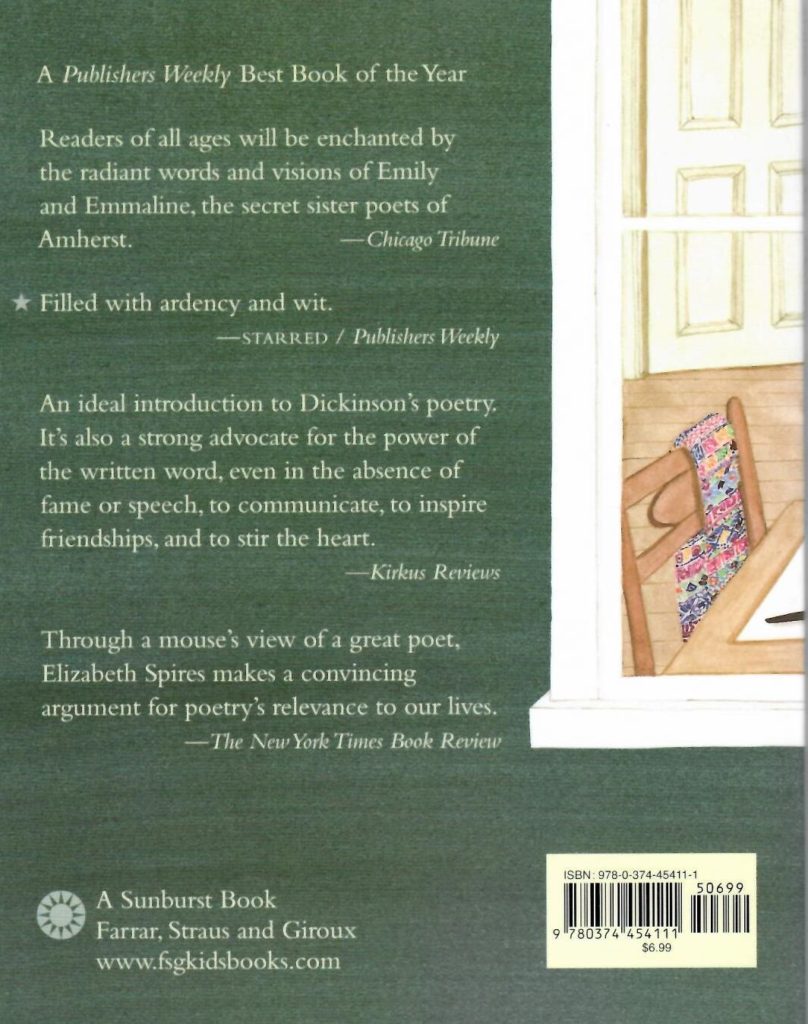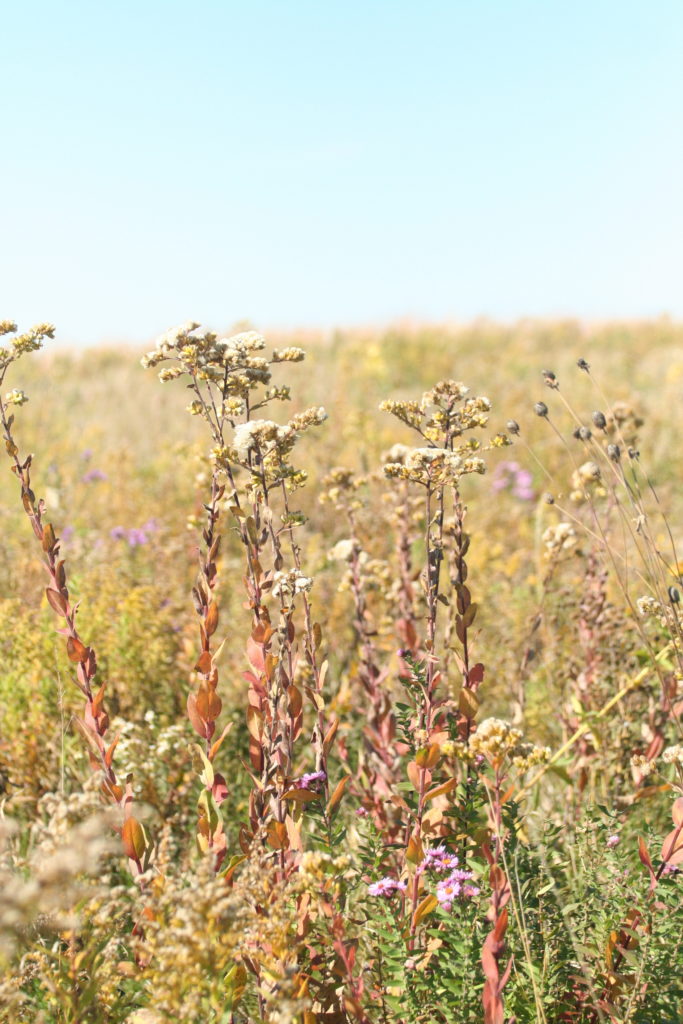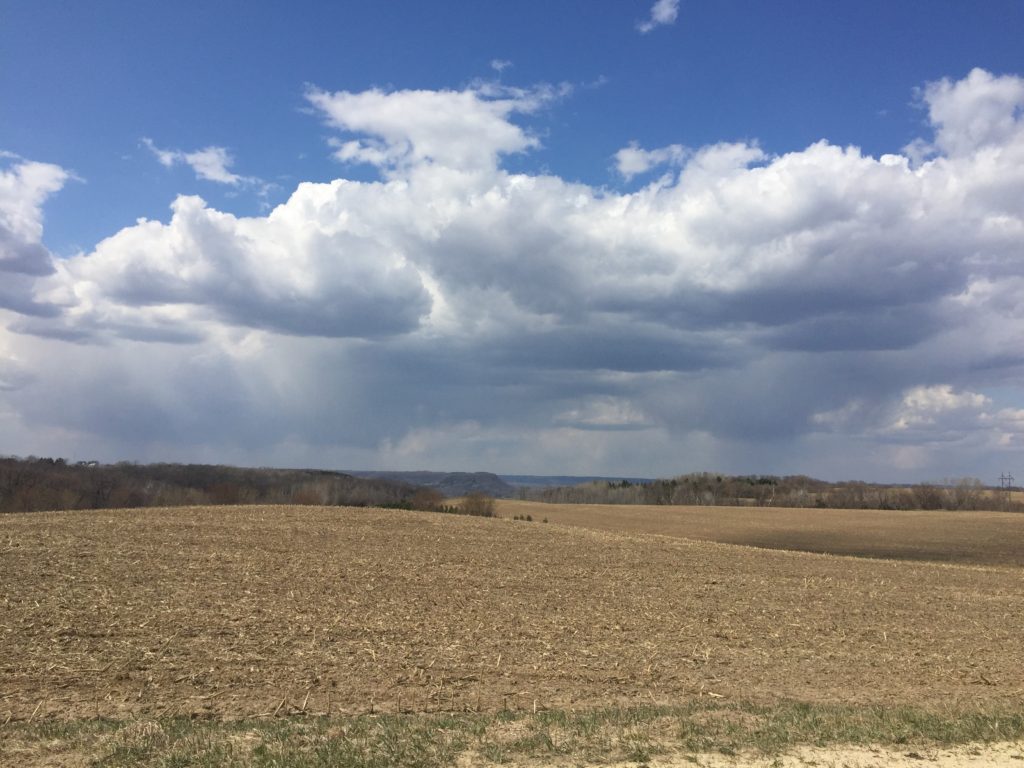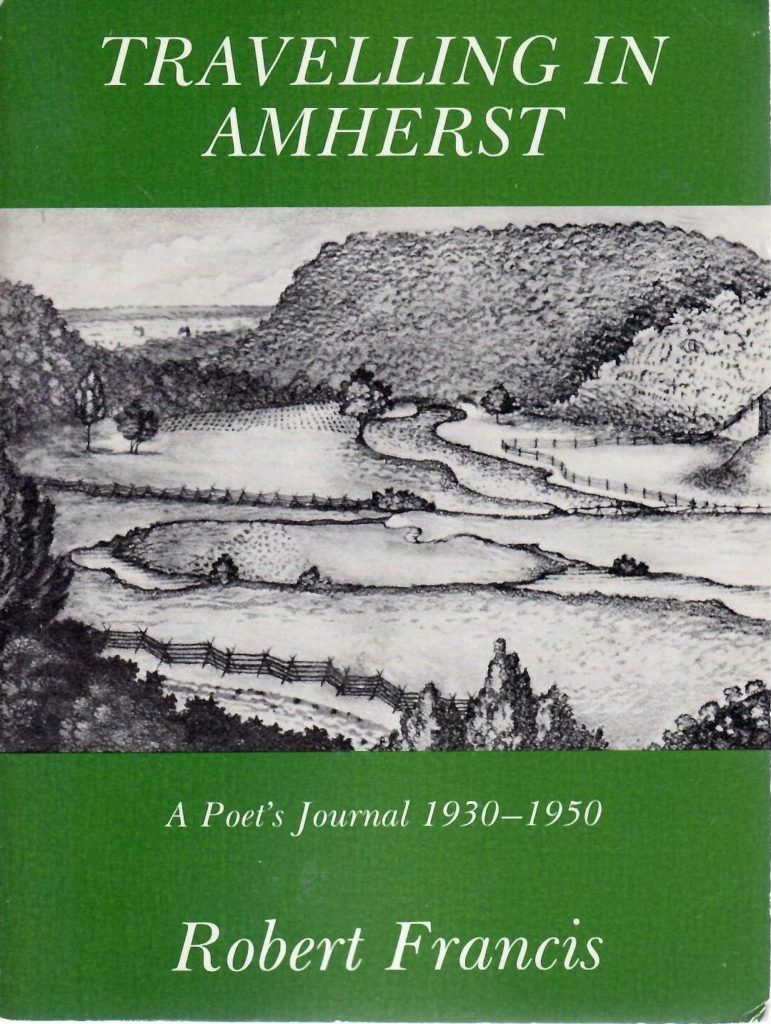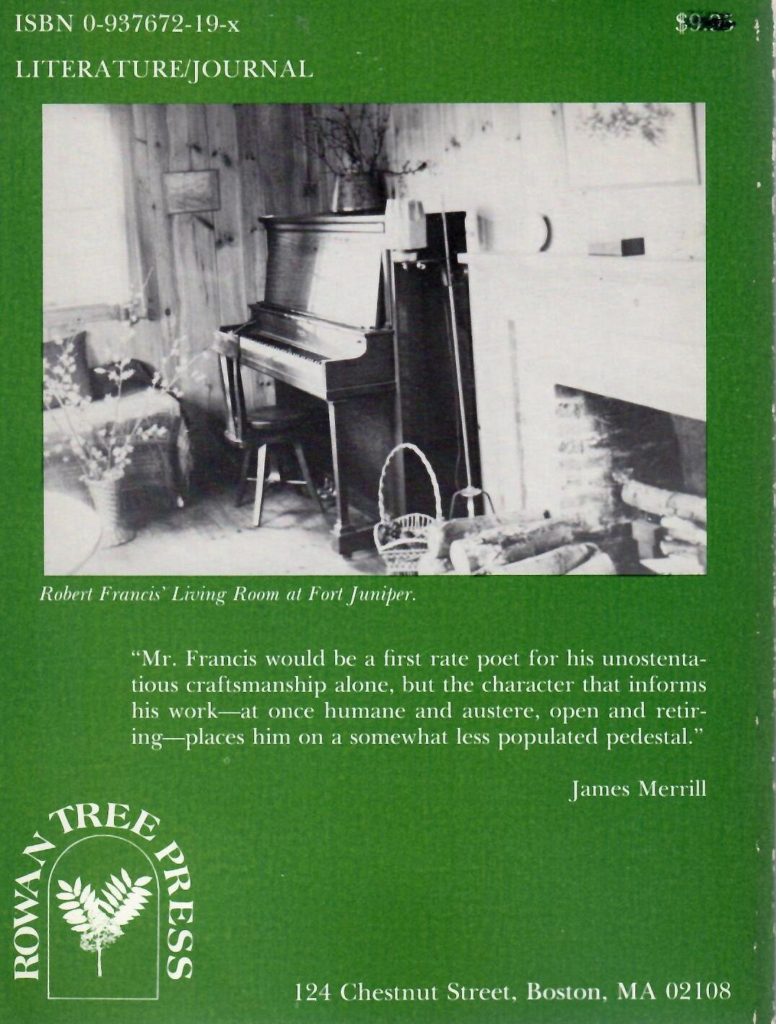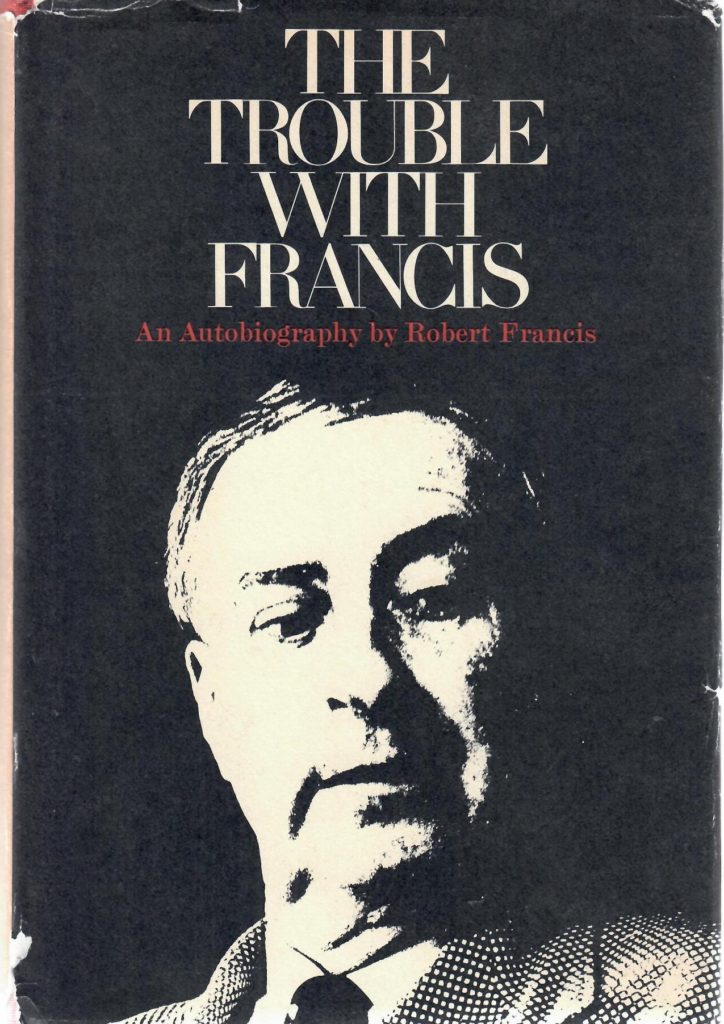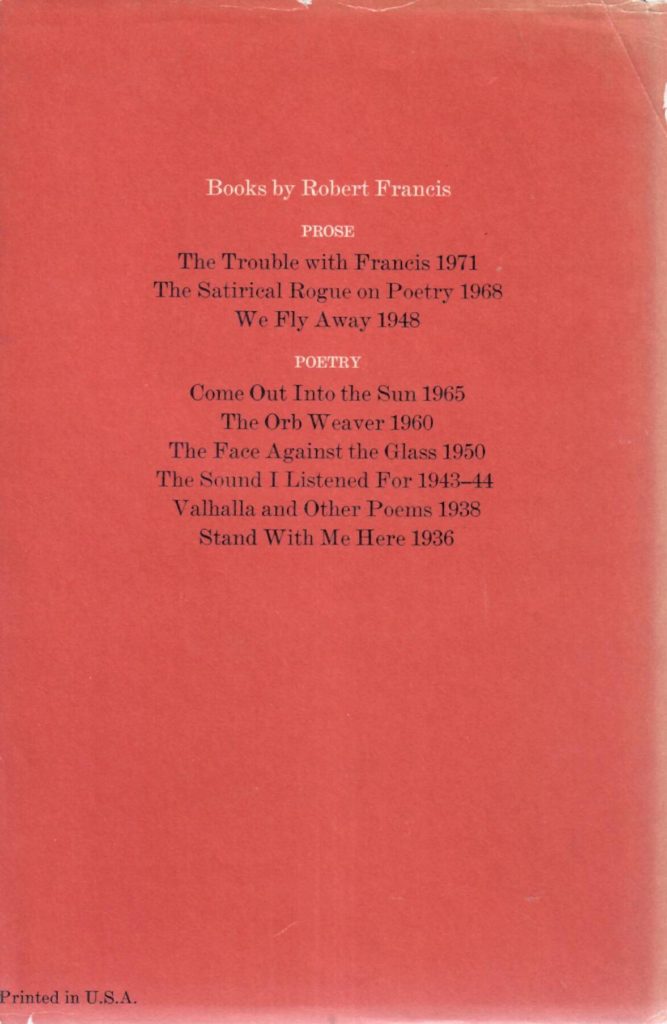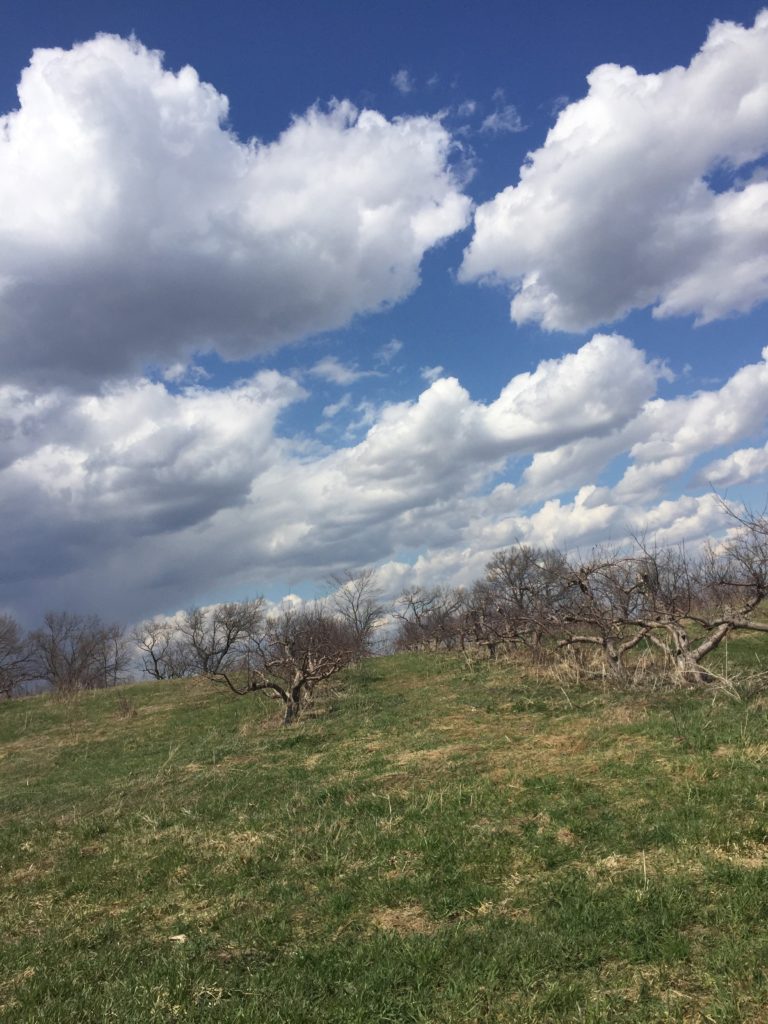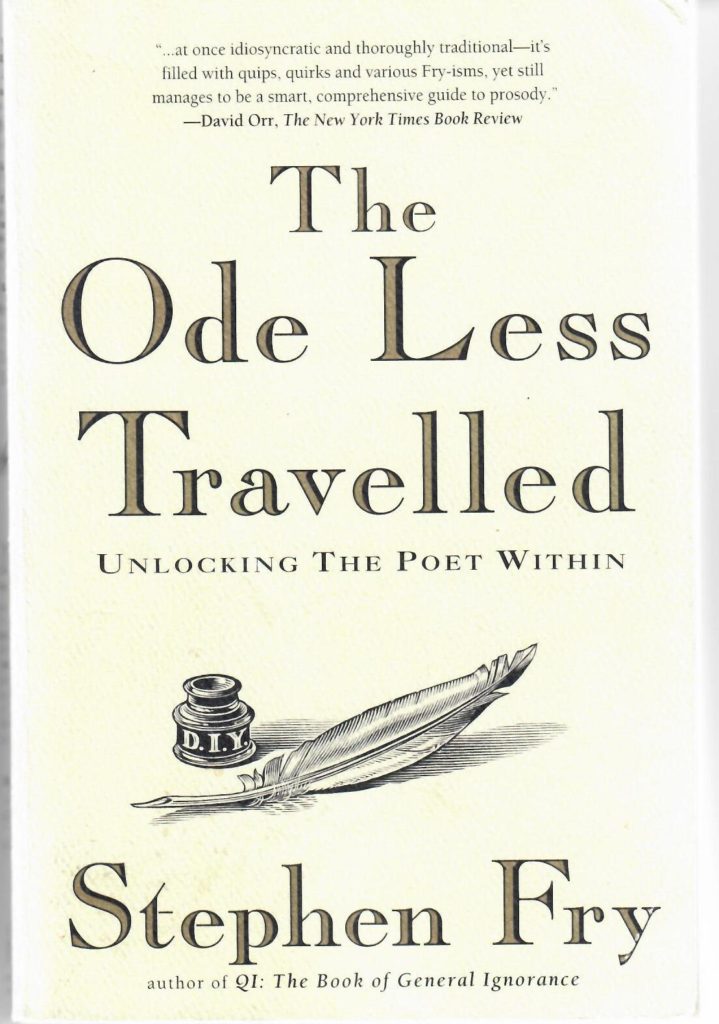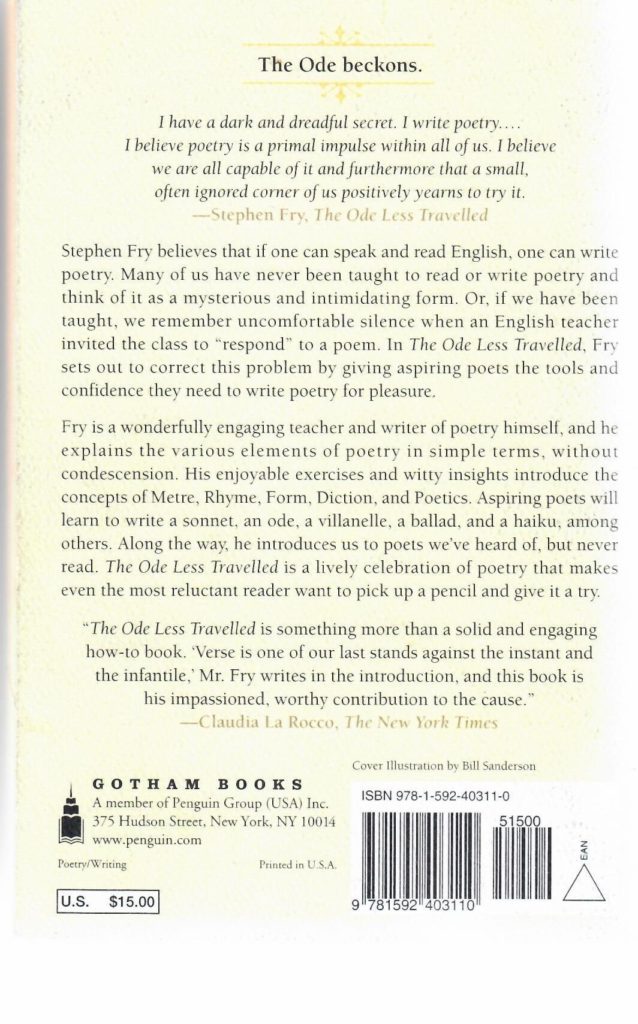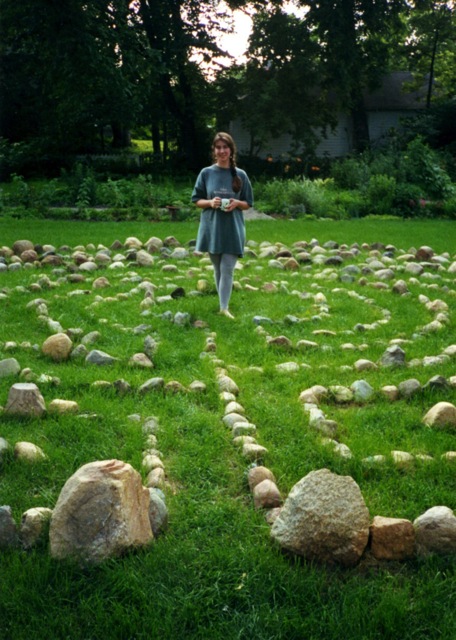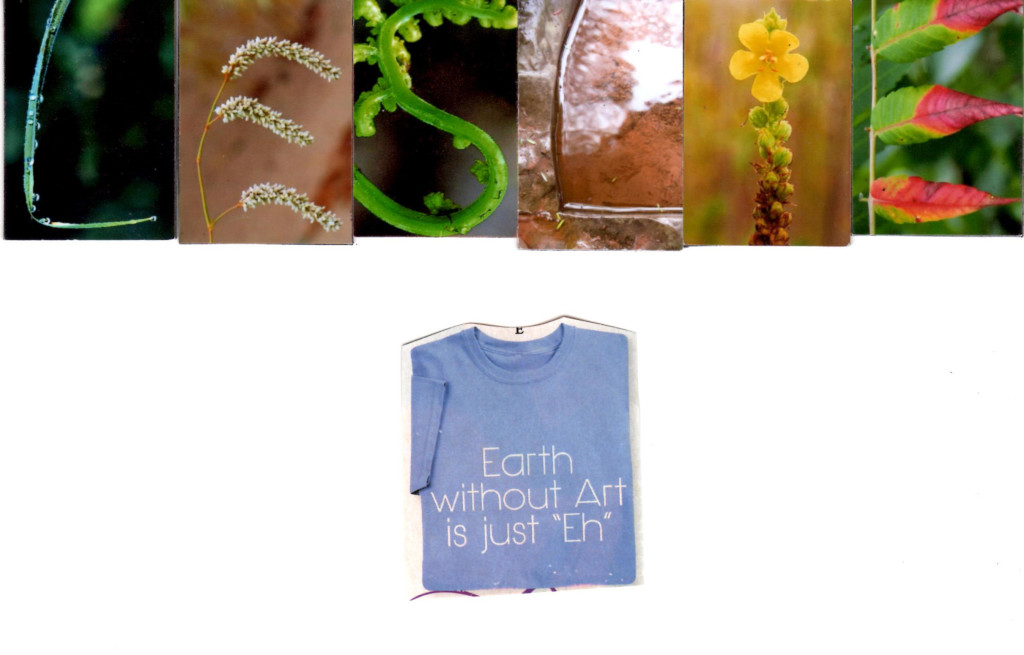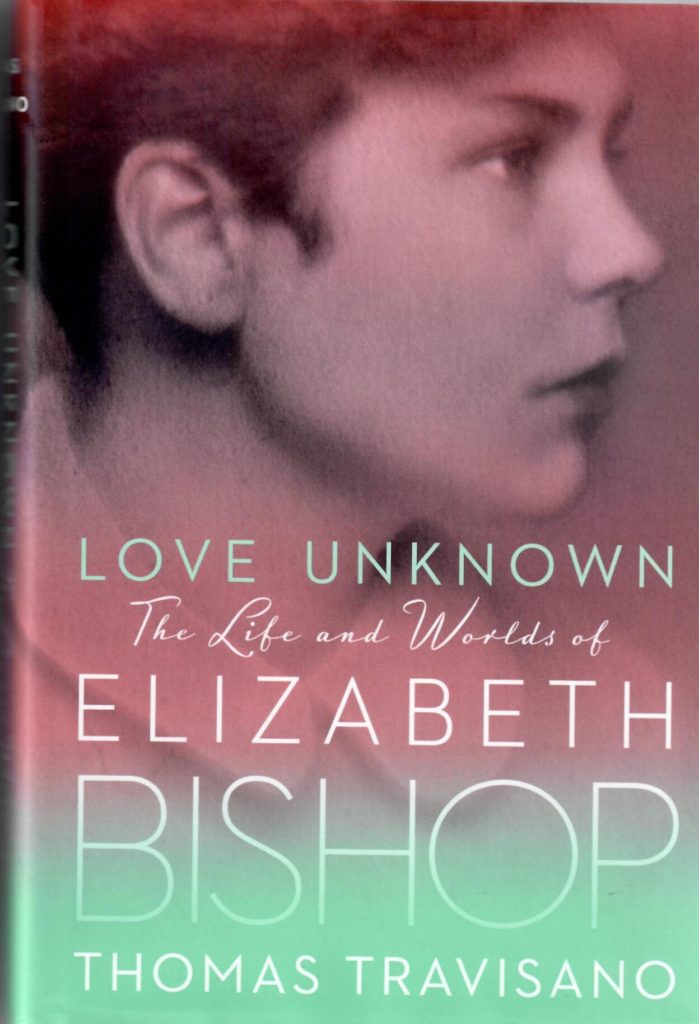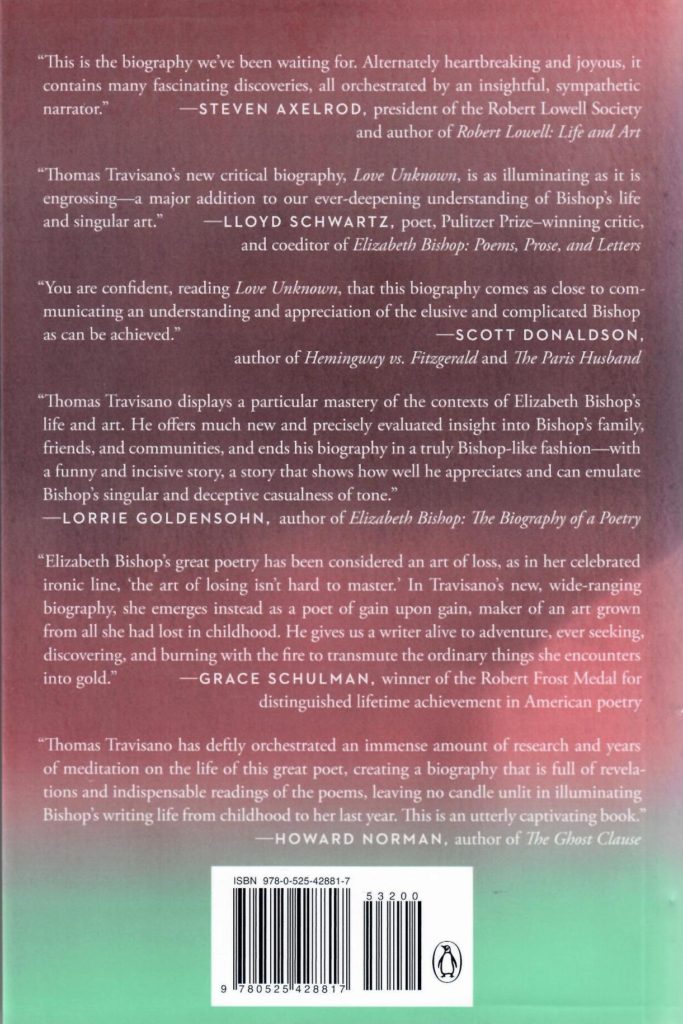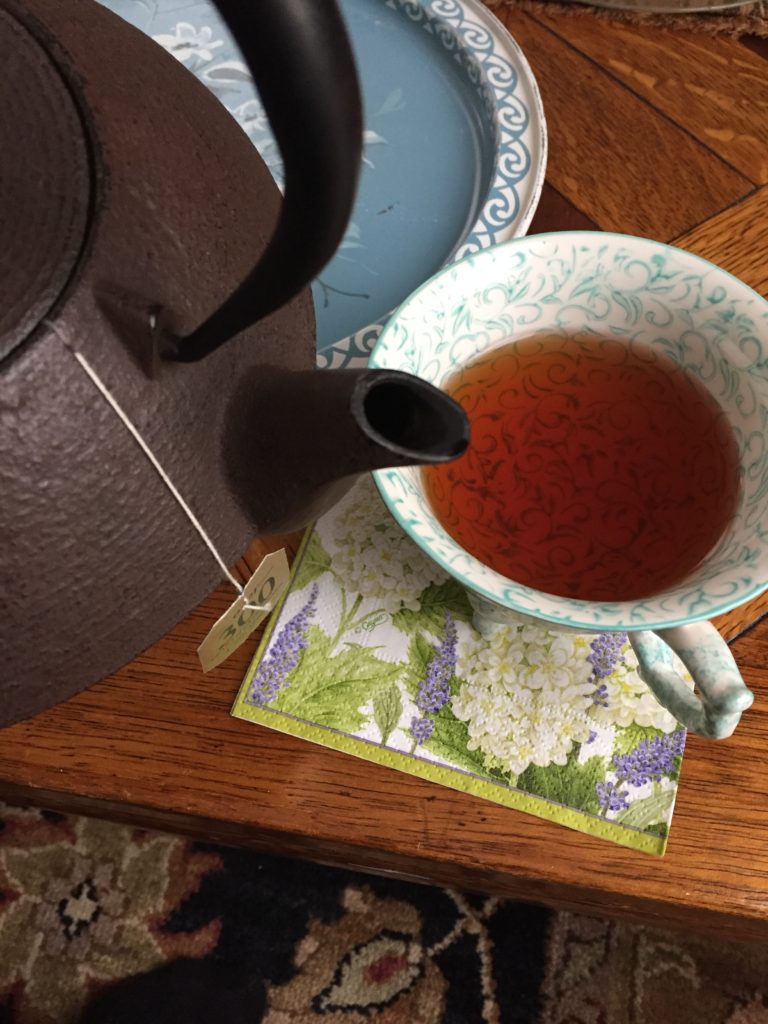
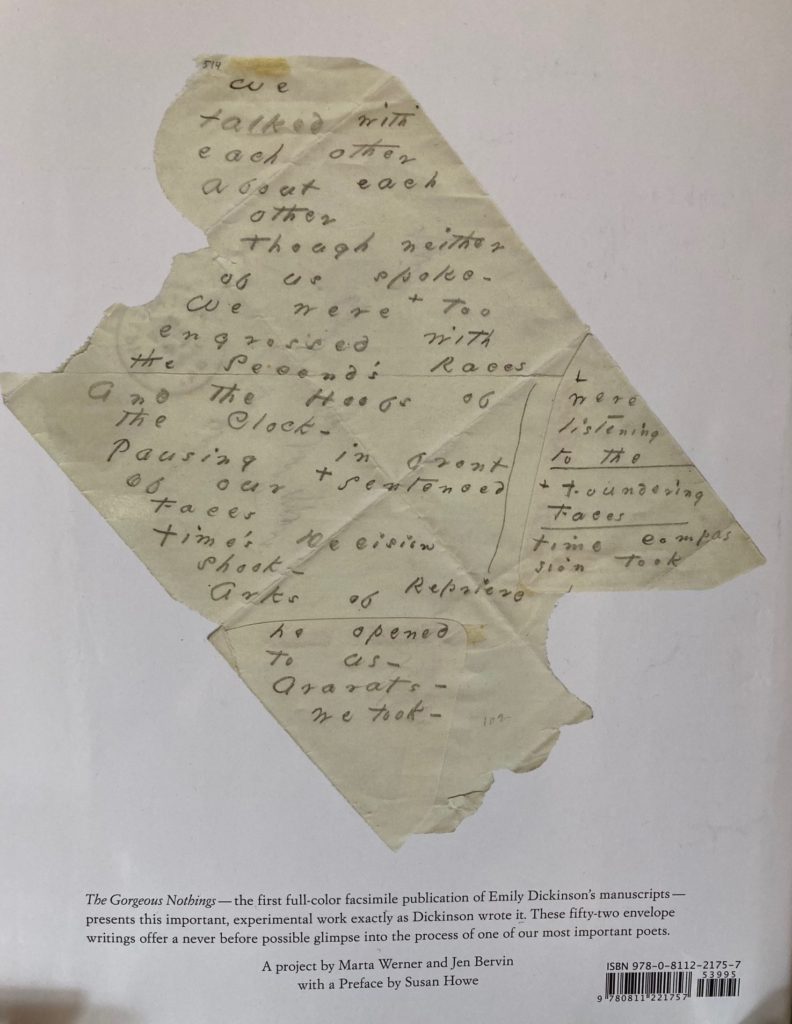
Our last day to linger in Amherst, and then (as today’s poem context makes clear,) returning to Northfield with a catapulting snap of the rubber band! Tomorrow, likewise, we’ll survey scenes very close to (my) home, indeed.
Published in 2013 by critic Marta Werner and artist Jen Bervin, Emily Dickinson: The Gorgeous Nothings (New Directions Publishing Corporation), this big, bold tome was the subject of an insightful article by Dan Chiasson of The New Yorker (December 5, 2016.) It highlights in a way not seen before Dickinson’s process by reproducing and analyzing her “envelope poems,” poems written on whole envelopes and scraps and flaps. These drafts in pencil (and sometimes ink) adapt to and are inspired by the triangular and rectangular shapes of the “scratch paper” that Dickinson carried with her in her pocket while she went about her daily chores in kitchen, pantry, and garden. What for most of us is hardly regarded, quickly discarded ephemera became in Dickinson’s frugal, nimble hands and through her lyrical, sometimes febrile brain something SUBSTANTIAL, that has gained monumental stature since she wrote them.
I love looking at these artworks as much as reading them. They make me think of Dickinson’s poem that starts, “This is my letter to the world/that never wrote to me.”
Indeed. Gorgeous Somethings.
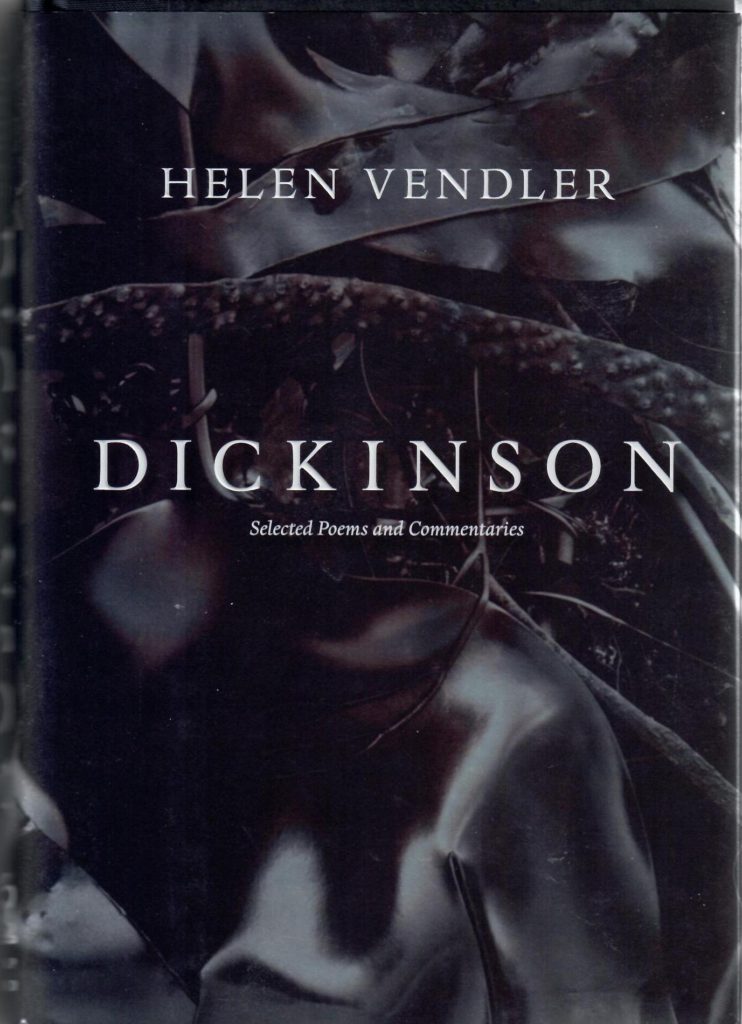
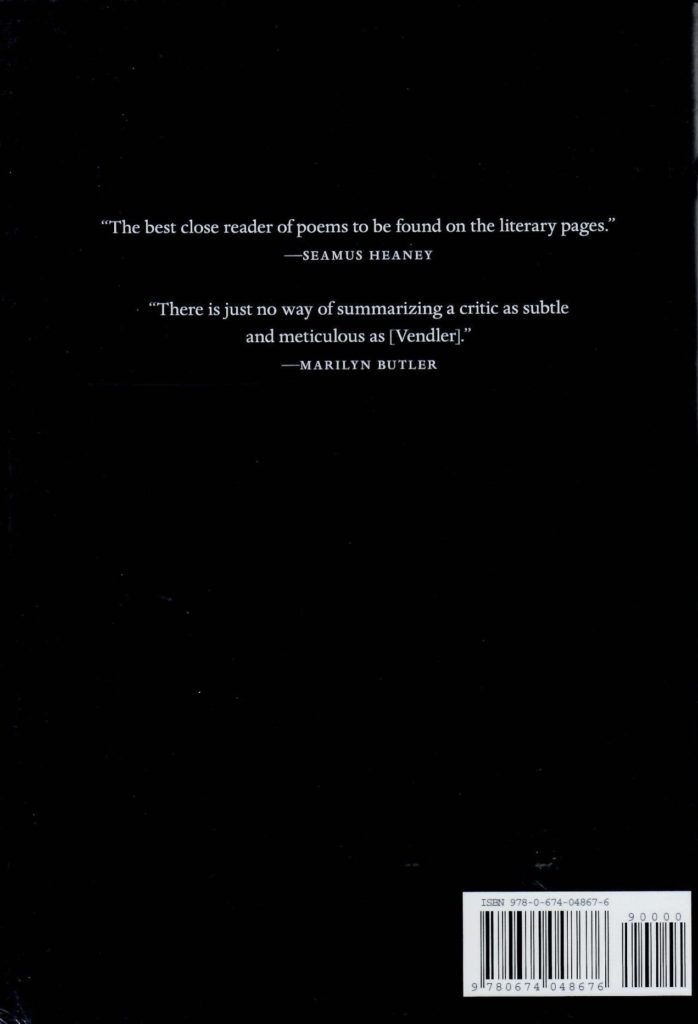
Eminent to the point of inspiring awe, critic Helen Vendler prefaced her Ph.D. in English and American Literature from Harvard with an A.B. degree in chemistry from Emmanuel College, followed by a Fullbright Fellowship in mathematics. In Dickinson: Selected Poems and Commentaries (The Belknap Press of Harvard University Press, 2010), Vendler once again brings her precise and incisive intellect to bear on 150 of Emily Dickinson’s poems so as to highlight Dickinson’s perennial themes of “nature, death, religion, love, and the workings of mind and thought.” (So states the introduction, “Dickinson the Writer.”) This work is designed to browse, rather than to read cover to cover. I have discovered here poems I had not known before, as well as thoughtful commentary on ones I know well and love. My only wish is that more of the poems that I have committed to memory and love to tatters might have received here the benefit of Vendler’s thought.
Regarding the Poem for April 12, 2021: “River Town”:
Today’s poem is a kind of hymn to civic life, I suppose, centered on Northfield’s Cannon River and Bridge Square. Here are a few photos, the seamy side and the hopeful side–where I want to reside.
